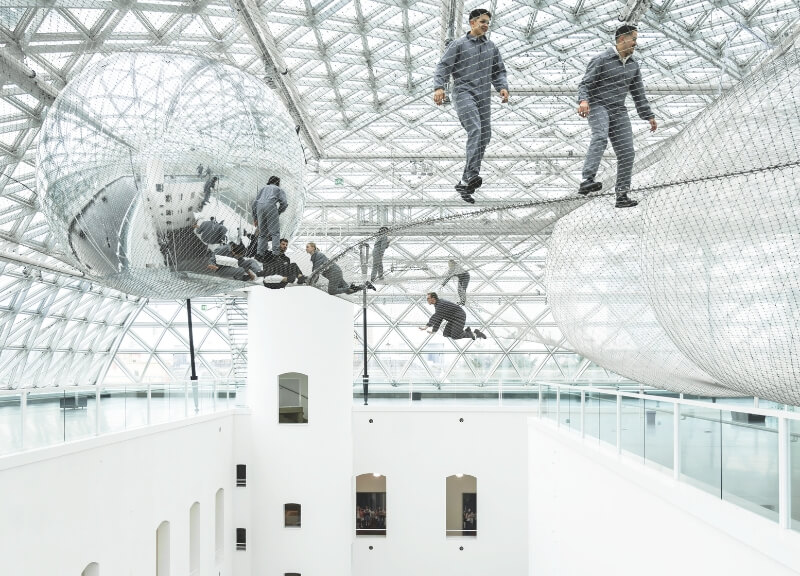
Architectural Flight: Franco Casaccia’s Visual Exploration of In Orbit – K21
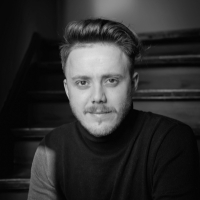
Awarded Interior Architecture Photography of the Year by the Architecture MasterPrize (AMP), In Orbit – K21 captures Tomás Saraceno’s ethereal installation suspended above the atrium of K21 in Düsseldorf. Through Franco Casaccia’s lens, the translucent steel mesh, floating spheres, and interaction of visitors against the glass dome become a dynamic portrait of space, light, and human presence.
Could you share how your background led you to focus on architectural photography?
Franco Casaccia: I was born in Argentina and started photographing while at Architecture School—and I’ve never stopped. I view photography as the convergence of cities, buildings, and people. Early on, I realized I wasn’t just documenting form; I was telling stories about how architecture breathes and evolves. Revisiting projects over time lets me show their aging and the changing environments around them.
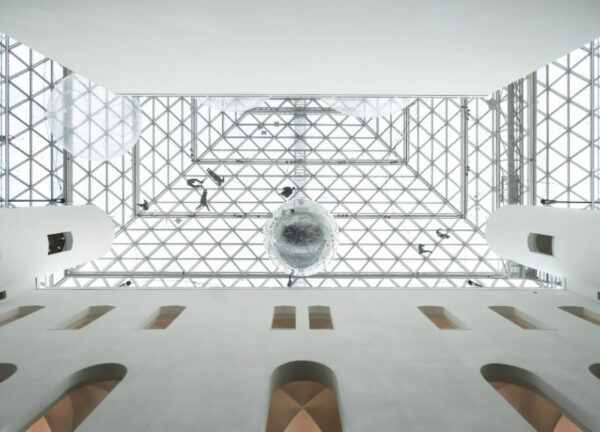
What was the brief for shooting “In Orbit – K21,” and how did you prepare?
Franco Casaccia: Suspended more than 25 meters above the K21 atrium, Saraceno’s installation is a surreal landscape—an ocean of near‐transparent steel mesh interlaced across three levels, pierced by five air-filled spheres. Our goal was to translate that otherworldly quality into photographs: to convey weightlessness, scale, and the way light filters through the structure. I studied the geometry of the dome, planned vantage points from floor to ceiling, and timed visits to capture shifting natural illumination.
How do you approach photographing interiors that double as immersive art installations?
Franco Casaccia: I’m fascinated by architecture in use—when people inhabit a space, it truly comes alive. For “In Orbit,” I walked the nets alongside visitors, shot from the glass floor below, climbed scaffolds for overhead perspectives, and even positioned myself at the dome’s apex. Talking with patrons, observing their movements, and anticipating where light and shadows would merge all informed the moments I chose to capture.
What challenges did photographing “In Orbit – K21” present, and how did you overcome them?
Franco Casaccia: Conveying both the sense of weightlessness and the installation’s scale was tough. The mesh is almost invisible against the glass, so isolating its lines in a photograph meant finding strong contrast points and shooting at precise angles. I experimented with long exposures to capture visitors’ blurred motion, juxtaposed against crisp structural details. It was a dance of exposure, composition, and timing.
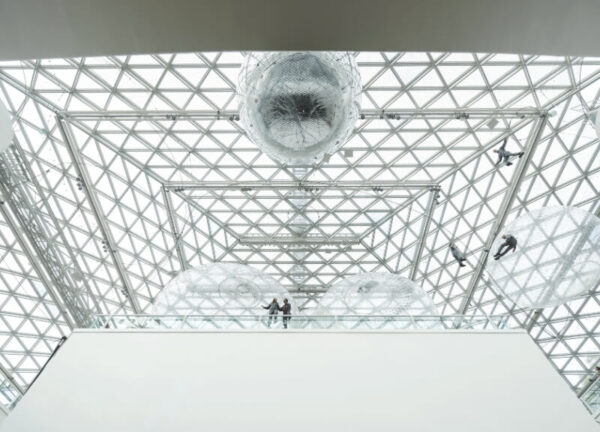
Which aspects of the installation do you find most innovative, and how did you highlight them?
Franco Casaccia: The installation transforms architecture into a three-dimensional playground. The floating net, the geometric glass dome, and the human figures moving through open space create ever-shifting compositions. I focused on the interplay of light on the mesh and the silhouettes of people climbing—showcasing how architecture becomes performance art.
How has your architectural background influenced your photographic storytelling?
Franco Casaccia: Studying architecture taught me to see form, structure, and context. When I photograph, I’m always thinking about geometry, light paths, and human circulation. That mindset lets me frame shots not just as pretty pictures, but as narratives of how spaces function and evolve.
Who has most inspired your approach to architectural photography?
Franco Casaccia: Iwan Baan is a major influence. His ability to show buildings as living, breathing entities—rooted in their surroundings and shaped by users—resonates deeply with me. He taught me that every shot should tell a story, not just depict a façade.
If you could own any architectural work, which would you choose and why?
Franco Casaccia: I’d pick Frank Lloyd Wright’s Stanley Rosenbaum House. Wright’s seamless integration of interior and exterior, his play of light and space—that house epitomizes the living architecture I love to capture.
How do you see technological and social trends shaping the future of your discipline?
Franco Casaccia: Sustainability and adaptive reuse are gaining traction, and I think photographers will chronicle those evolutions over time. As remote work and changing urban patterns redefine how people inhabit spaces, architectural photography will need to become more narrative-driven—moving beyond aesthetics to highlight social and environmental impacts.
In what way can architectural photography contribute to society at large?
Franco Casaccia: We shape perception. By telling stories of buildings and their communities, we can raise awareness of sustainable design, preservation, and human-centered development. Thoughtful imagery sparks dialogue about how our environment influences—and is influenced by—people.
What does winning the AMP Interior Architecture Photography Award mean for you?
Franco Casaccia: It’s both humbling and energizing. It confirms that the way I see and frame architecture resonates with others. Beyond the recognition, it’s opened conversations and opportunities—motivating me to continue pushing creative boundaries.
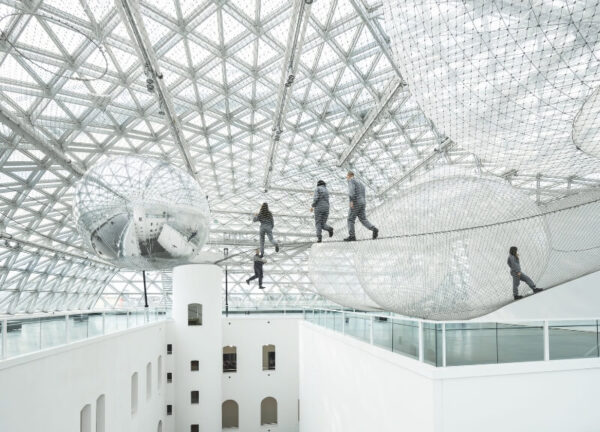
Thank you to Franco Casaccia for sharing the vision and process behind “In Orbit – K21.” His award-winning photography not only documents an extraordinary installation but also reminds us how architecture, art, and human interaction intersect to create unforgettable experiences.